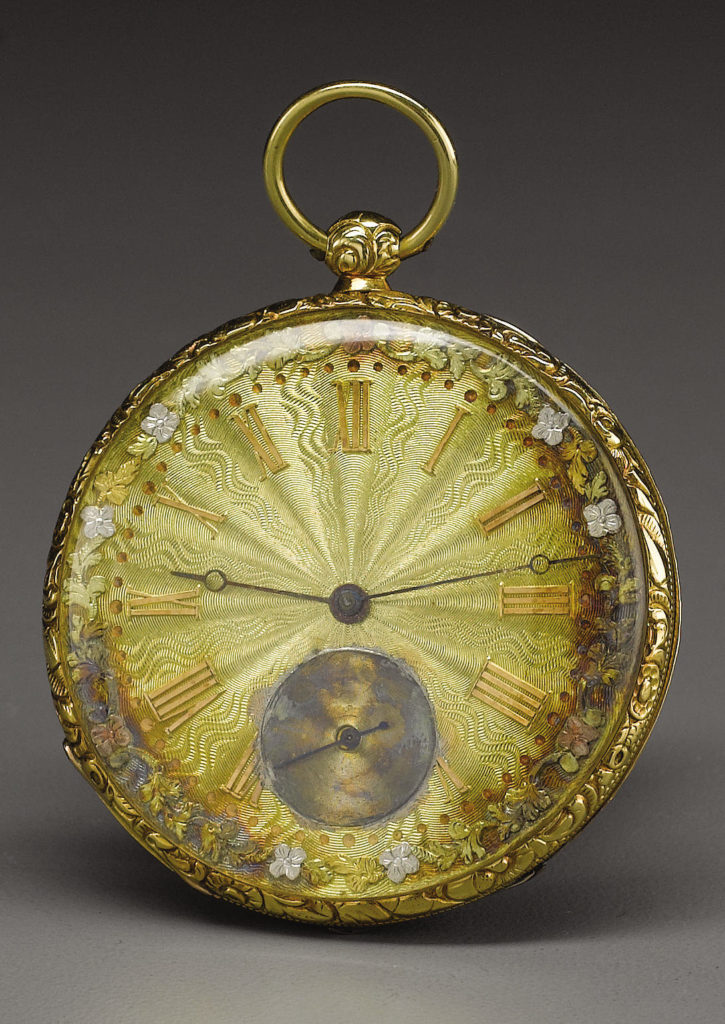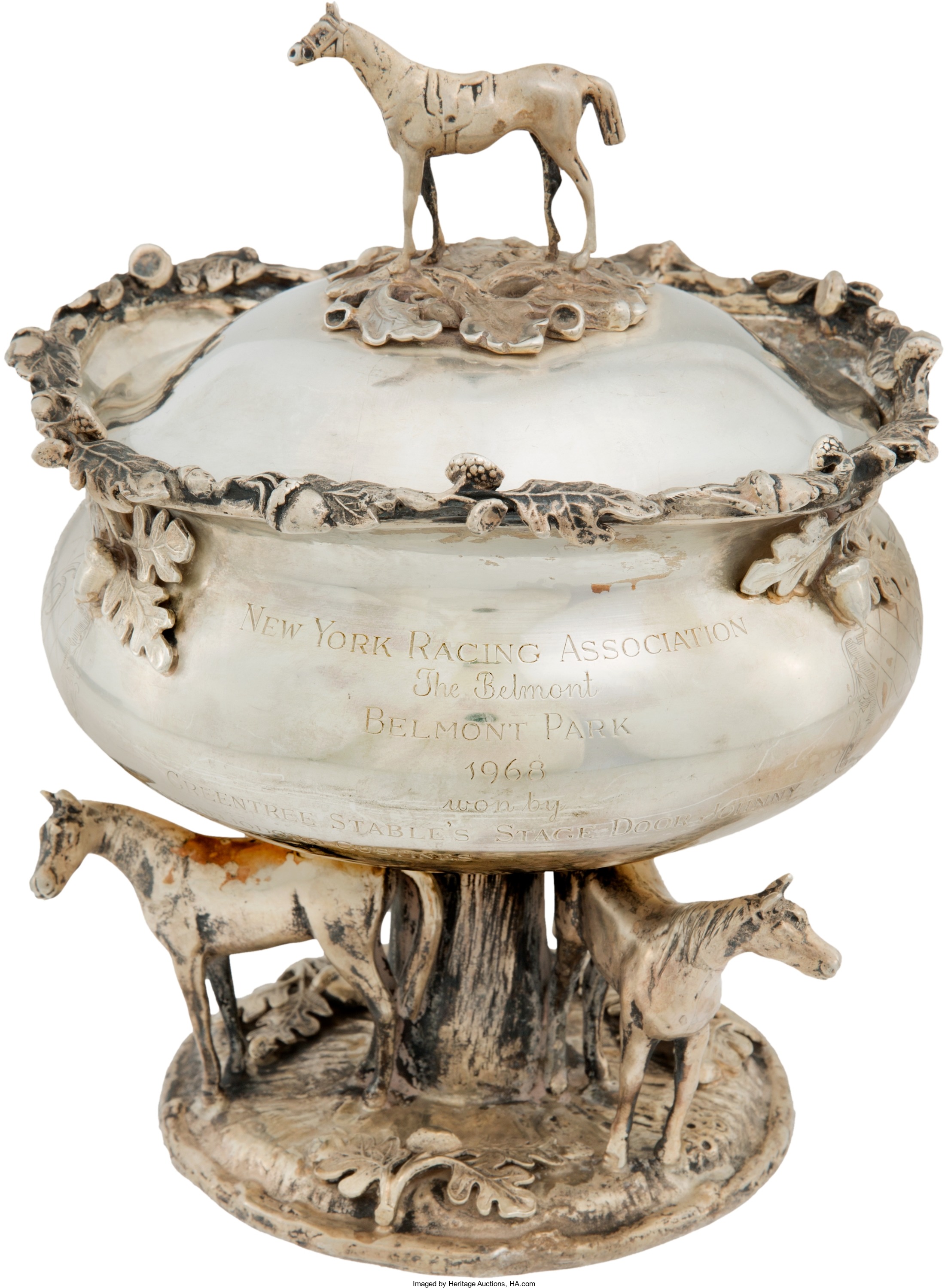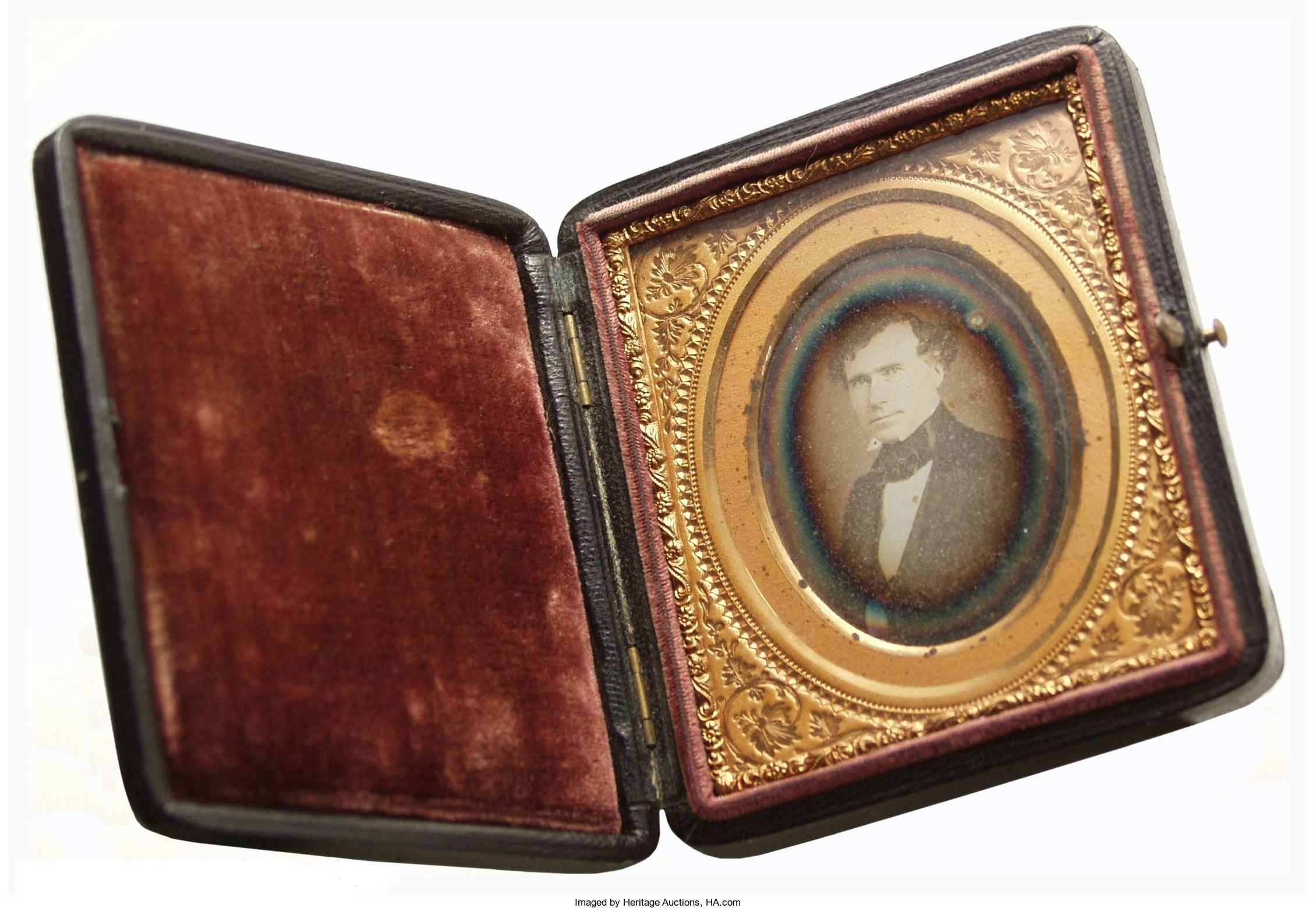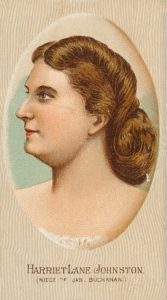
By Jim O’Neal
 In 1819, the United States was a divided nation with 11 states that permitted slavery and an equal number that did not. When Missouri applied for admission to join the Union as a slave state, tensions escalated dramatically since this would upset the delicate balance. It would also set a precedent by establishing the principle that Congress could make laws regarding slavery, a right many believed was reserved for the states.
In 1819, the United States was a divided nation with 11 states that permitted slavery and an equal number that did not. When Missouri applied for admission to join the Union as a slave state, tensions escalated dramatically since this would upset the delicate balance. It would also set a precedent by establishing the principle that Congress could make laws regarding slavery, a right many believed was reserved for the states.
In an effort to preserve harmony, Congress passed a compromise that accepted Missouri as a slave state and Massachusetts would be divided (creating Maine) and admitted as a free state. The passage of the Missouri Compromise of 1820 earned U.S. Senator Henry Clay the nickname of the “Great Pacificator.”
It was the first real crisis over the slavery issue and kicked the can all the way to the 1850s, however, observers like Thomas Jefferson were profoundly upset. He said just the threat of disunion in 1820 caused him to be apprehensive about the future. He foresaw the potential for civil war, saying, “My God, this country is going to have a blow up. When it hits us, it’s going to be like a tornado.”
Those words would prove to be eerily prophetic.
By the 1850s, the disagreement had splintered into a five-way dispute. Abraham Lincoln and the Republicans arguing with the Southern Democrats. The Northern Democrats, led by Stephen A. Douglas, versus the Southern Democrats through Jefferson Davis. There were heated arguments between Frederick Douglass (and the political abolitionists) and William Lloyd Garrison, who favored non-violent moral suasion, and both against the non-political-process abolition that led to John Brown’s violent actions.
The War with Mexico (1846-48) had fueled these contentious debates since there was no consensus on how to treat the vast new territories of California, Utah, New Mexico or even Texas. After years of wrangling, the Compromise of 1850 put a bandage on it and several other lingering issues (e.g., the Fugitive Slave Act, the banning of slave trade in Washington, D.C.). Neither side was satisfied, but the Union remained intact.
However, the tentative peace was fleeting. When the 1854 Kansas-Nebraska Act was passed, with cooperation between U.S. Senator Stephen Douglas and President Franklin Pierce, the inevitability of a civil war was finally a stark reality. The election of Lincoln in 1860 was the final straw and seven Southern states seceded, even before his inauguration, to form a new confederacy.
Formal hostilities began on April 12, 1861, when Confederate forces fired on the Federal seaport of Fort Sumter in Charleston, S.C., and would not end for four bloody years. Even Jefferson’s metaphor of a tornado never contemplated the death and destruction that took place.
 Intelligent Collector blogger JIM O’NEAL is an avid collector and history buff. He is President and CEO of Frito-Lay International [retired] and earlier served as Chairman and CEO of PepsiCo Restaurants International [KFC Pizza Hut and Taco Bell]
Intelligent Collector blogger JIM O’NEAL is an avid collector and history buff. He is President and CEO of Frito-Lay International [retired] and earlier served as Chairman and CEO of PepsiCo Restaurants International [KFC Pizza Hut and Taco Bell]



